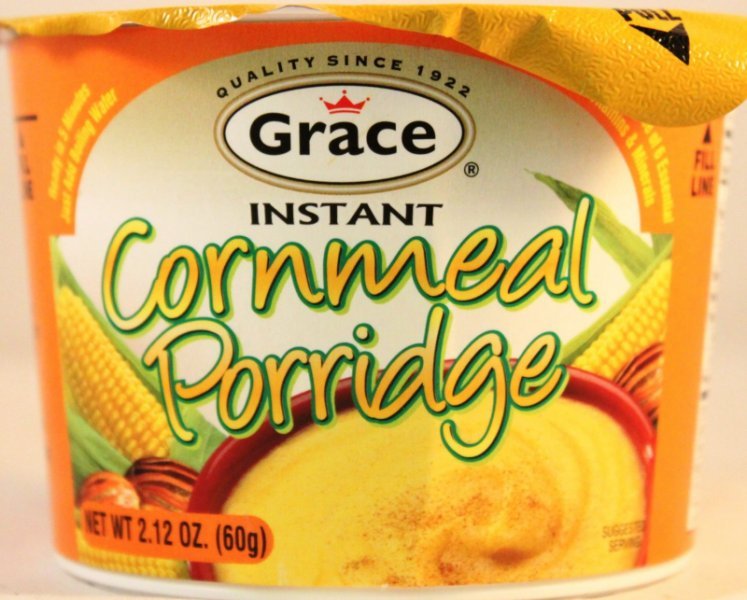Product pictures
| Amount Per 1 container | |||
| Calories | 250 Kcal (1047 kJ) | ||
| Calories from fat | 22.5 Kcal | ||
| % Daily Value* | |||
| Total Fat | 2.5g | 4% | |
|---|---|---|---|
| Saturated Fat | 2g | 10% | |
| Cholesterol | 5mg | 2% | |
| Sodium | 370mg | 15% | |
| Total Carbs | 52g | 17% | |
| Sugars | 28g | 112% | |
| Dietary Fiber | 2g | 8% | |
| Protein | 5g | 10% | |
| Vitamin A | 4mg | 133% | |
| Iron | 0.4mg | 2% | |
| Calcium | 350mg | 35% | |
* Percent Daily Values are based on a 2000 calorie diet. Your daily values may be higher or lower depending on your calorie needs.
Find out how many calories should you eat.
Ingredients And Nutrition Overview
Best
choice Good
choice Poor
choice Avoid
it!
choice Good
choice Poor
choice Avoid
it!
-
WeightWatchers Points: 4.8, PointsPlus: 7, SmartPoints: 11
WeightWatchers Points are estimated by carbohydrates, fats, protein and fiber in product. They are not an affirmation of better quality or nutritional value of the product or its manufacturer. Only way to count for dieters. Less points are better.
Read more at Weight watchers diet review -
7 tsp of sugars per serving
This includes both naturally occurring and added sugars. According to the USDA, every man woman and child in the US consumes approximately 80 pounds of caloric sweeteners per year! That works out to 25 tsp of sugars per day, or 400 extra calories!
-
For dieters: FoodPoints value is 7
* FoodPoints are calculated by Fooducate based on fats, carbs, fiber, and protein. They are not an endorsement or approval of the product or its manufacturer. The fewer points - the better.
-
Highly Processed!
This product is highly processed. If you'll take a look at its ingredient list, you'll discover new words to add to your vocabulary. Many of theses ingredients are required to increase the shelf life of the product and improve the flavor that disappears when food is not fresh.
-
Naturally high in Vitamin A
The vitamin A in this product comes from real food, not as a fortified ingredient. This is important because it means you are getting hundreds of additional nutrients from the real food.
-
One of the worst products in its category
This product is in the bottom 10% of the products in its category
-
Contains artificial flavors. Learn why
Companies add artificial flavors to products to make them taste better. They are created in a lab and the formulations are guarded as trade secrets. Flavorings can compensate for flavor loss during processing, substitute for ingredients, lower production costs and increase shelf stability. Artificial flavorings are cheaper to source than natural flavors and are perceived as "worse" than natural flavors. They are more stable (and usually less chemically complex) than natural flavors. Artificial flavors are not necessarily bad for you from a health perspective. however, people with food sensitivities or allergies may want to avoid artificial flavors if they are unnamed. You can always contact the manufacturer for more information.
-
Natural flavors added. Learn why
Companies add flavorings to make products taste better. They are created in a lab and the formulations are guarded as trade secrets. Flavorings can compensate for flavor loss during processing, substitute for ingredients, lower production costs and increase shelf stability. Natural flavorings are more expensive to source than artificial flavors, but tend to be better received by consumers. People sensitive to MSG, vegans, vegetarians and those with allergies should pay special attention to the phrase "natural flavorings" since glutamates, animal products or allergens may be the source of natural flavors. You can always contact the manufacturer for more information.
-
Learn about Maltodextrin, found here
Maltodextrin is a polysaccharide that is used as a food additive. A polysaccharide is a type of carbohydrate. It is produced from starches of corn, wheat, potatoes or rice. Its flavor can be slightly sweet or almost flavorless. Maltodextrin is used as a bulking base for artificial sweeteners, for example in Jell-o it is used in conjunction with Aspartame and Acesulfame Potassium. It is also the bulking agent in Splenda.
You Might Also Like
% RDI of Main Nutrition Facts
13%
of RDI* (250 calories) 340 g
-
Cal: 12.5 %
-
Fat: 3.8 %
-
Carb: 17.3 %
-
Prot: 10 %
-
0%25%75%RDI norm*
Calories Breakdown
- Carbs (81.6%)
- Fat (10.6%)
- Protein (7.8%)
Get Your Recipe of Health!
Follow RecipeOfHealth on Facebook!












Add your comment